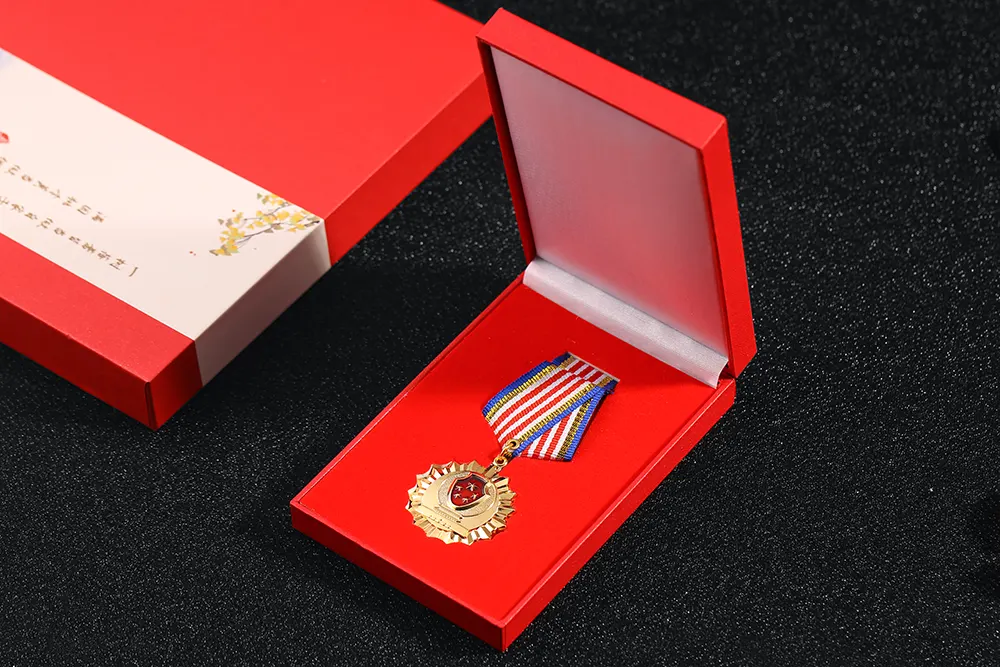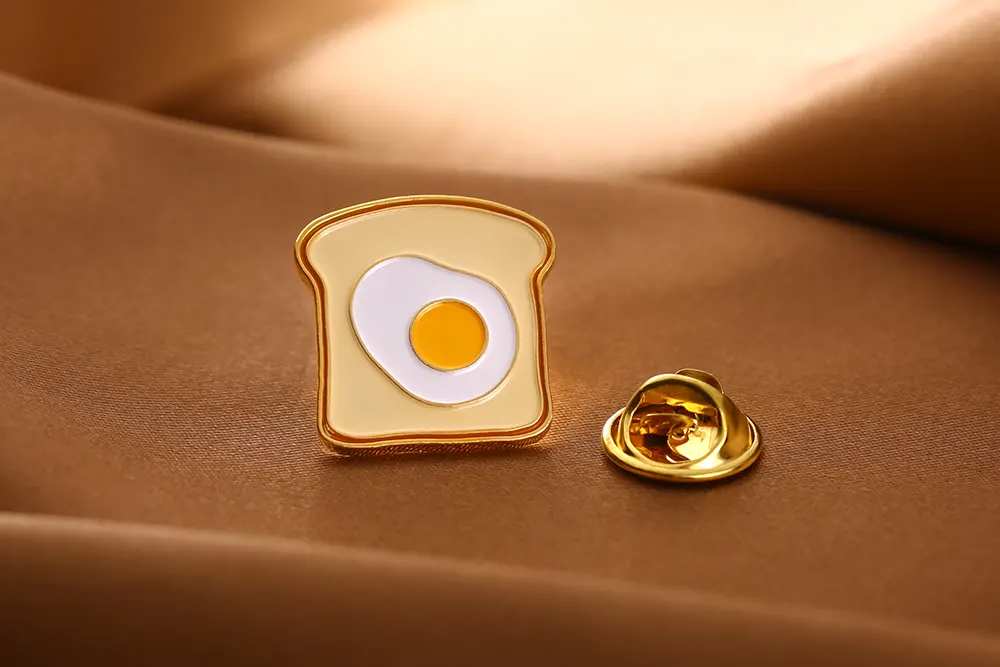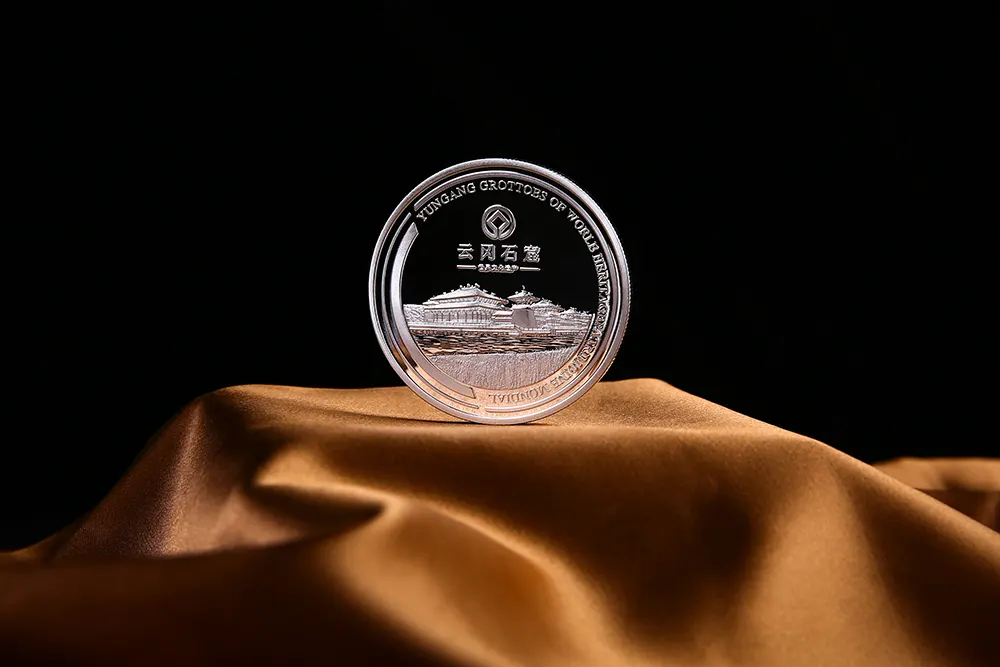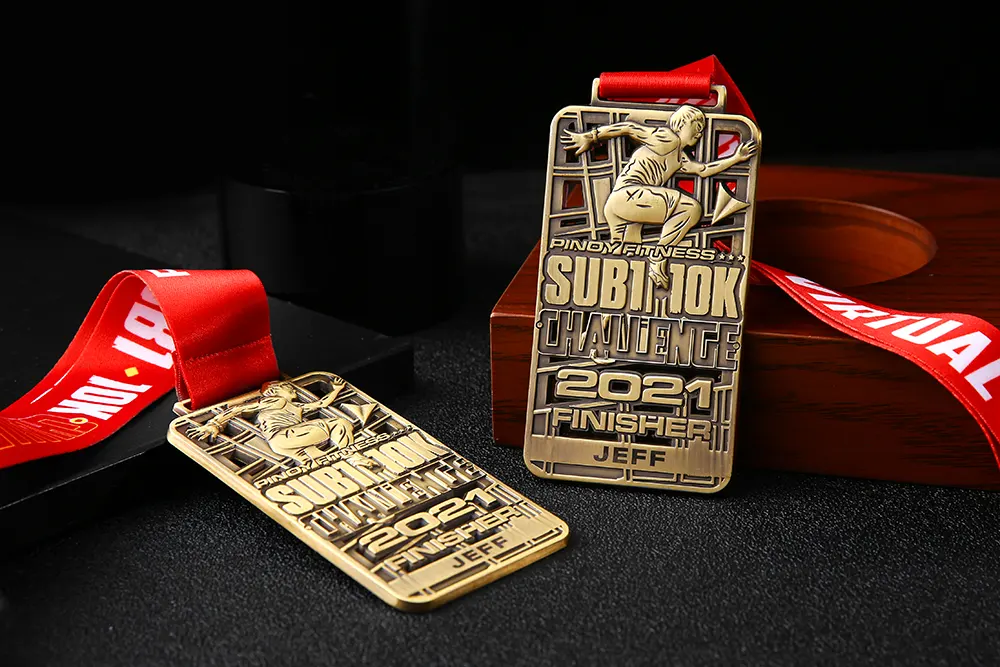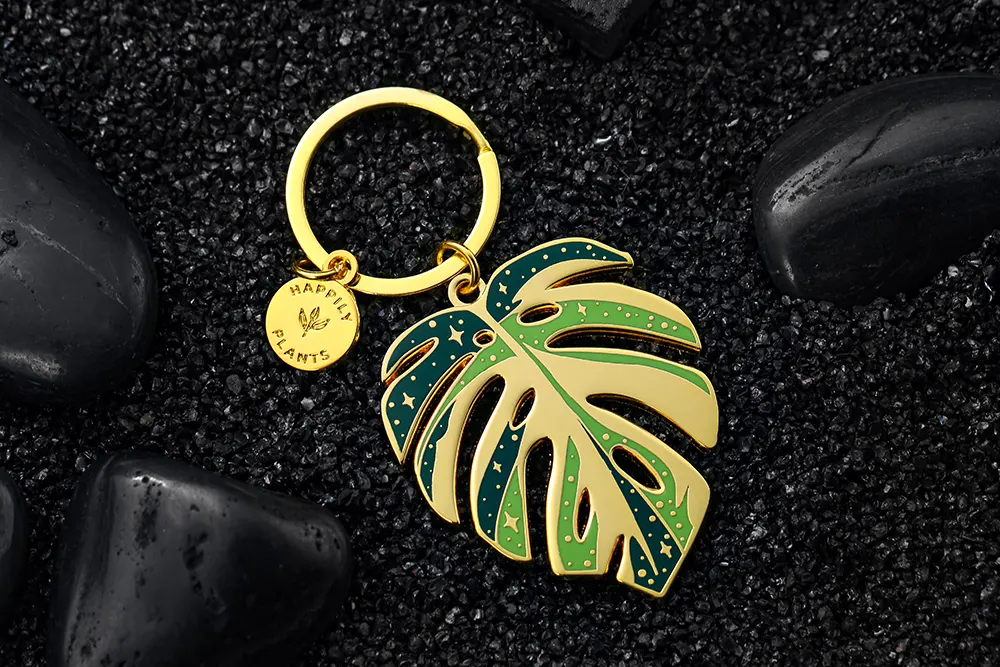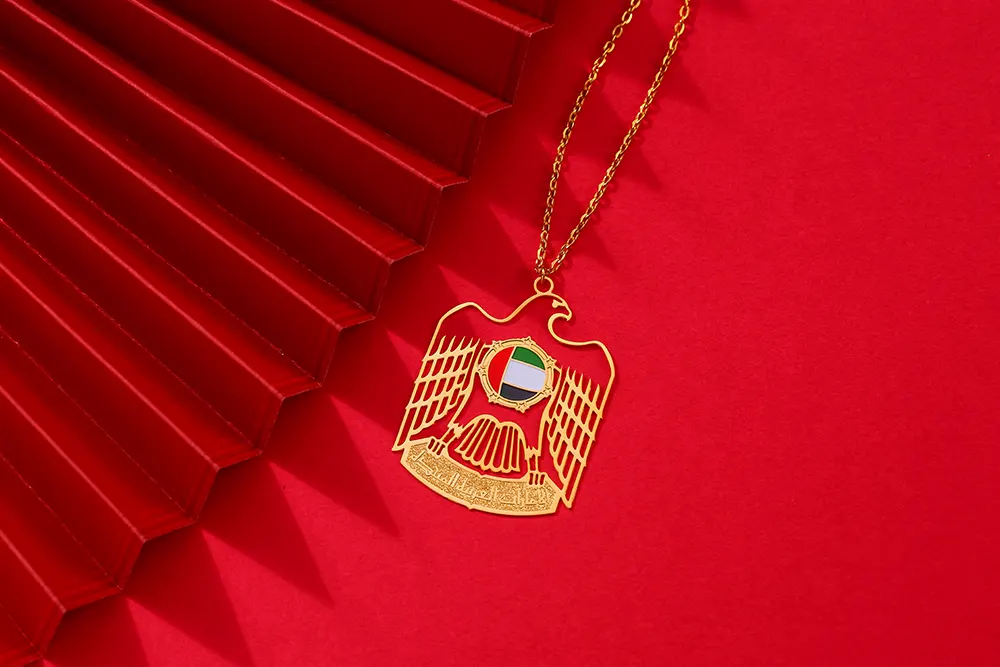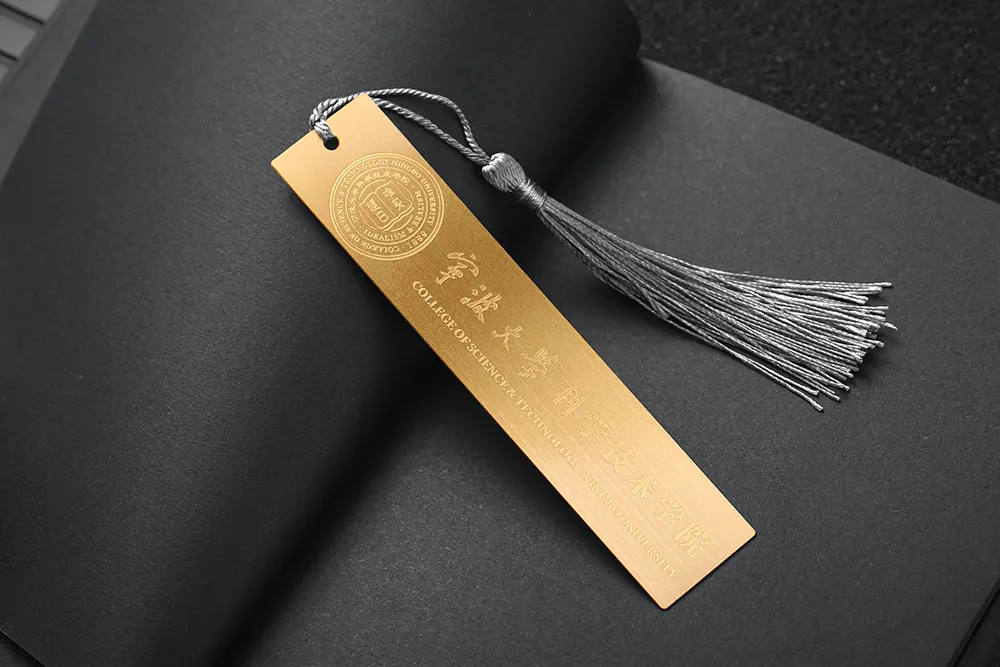You’ve probably held one in your hand—a coin with a raised design that you can feel with your fingertips. This is the art of coin embossing, a meticulous craft that transforms a simple metal disc into a miniature sculpture. But what goes into creating these tactile pieces of history and art?
What Exactly is Coin Embossing?
At its core, coin embossing is a metalworking process where a design is stamped onto a blank coin, creating a raised (relief) image. Unlike engraving, which cuts into the metal, embossing pushes the metal upward from the reverse side. This technique is responsible for the distinctive three-dimensional feel of collectible coins, medals, and even some modern currency. The creation of an embossed coin is a dance of immense pressure and precision, requiring masterfully crafted dies to imprint the design perfectly.
The Journey of an Embossed Coin: From Blank to Treasure
The creation of a single embossed coin is a fascinating journey. It begins with an artist’s detailed sketch, which is then translated into a three-dimensional model. This model is used to create the dies—hardened steel stamps. One die holds the obverse (front) design, and the other the reverse. A plain metal disc, known as a planchet, is placed between these dies. A coin press then applies tons of pressure, forcing the metal to flow into the cavities of the dies, resulting in the crisp, raised features of the final piece. The higher the relief, the more dramatic and challenging the embossing process becomes.
A Personal Glimpse into the Craft
I remember the first time I held a high-relief embossed coin from a private mint. It wasn’t just something to look at; it was an object to experience. Running my fingers over the surface, I could feel every contour of the eagle’s feathers and the subtle texture of the background. The coin had a tangible weight and presence that a flat image could never replicate. That moment solidified my understanding that coin embossing isn’t merely a manufacturing step—it’s what breathes life and soul into the metal, turning it into a story you can hold in your palm.
Why Embossing Matters to Collectors and Enthusiasts
For collectors, the quality of the coin embossing is a primary measure of its value and appeal. A sharply struck coin with full, well-defined details is always more desirable. The tactile nature of an embossed coin adds a layer of authenticity and artistry. It represents a direct physical link to the skill of the minting process. Whether it’s a commemorative medal, a limited-edition collectible, or a bullion coin, the embossing is a testament to the craftsmanship behind it, making each piece unique and worthy of appreciation.
In the end, coin embossing is the silent language of quality and artistry in the numismatic world. It’s the difference between a simple token and a cherished heirloom, a hidden art that appeals to both the eye and the hand.
















